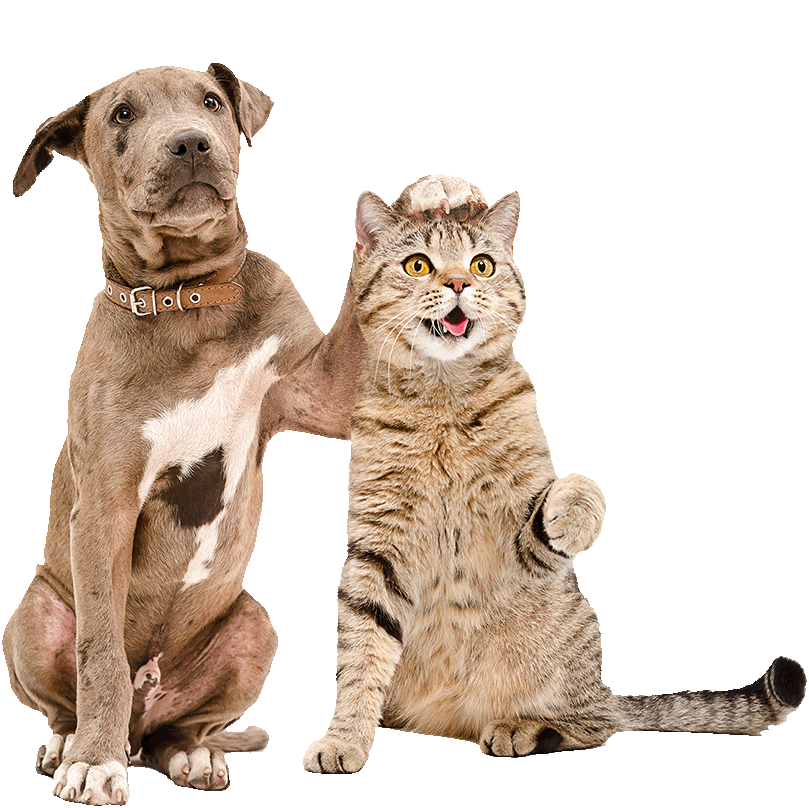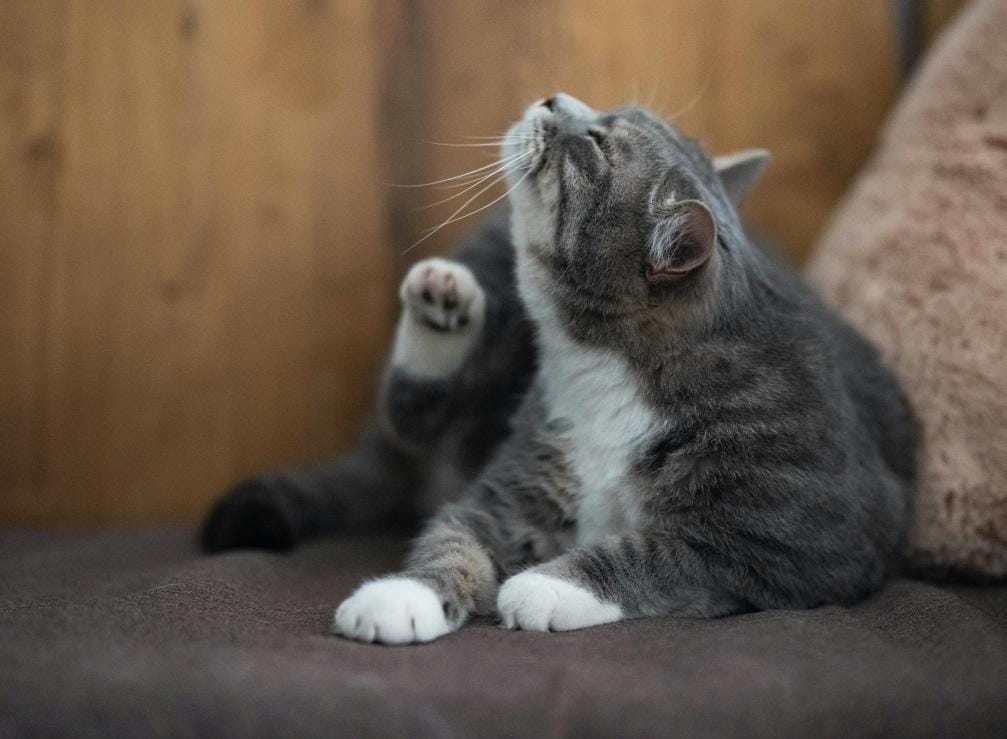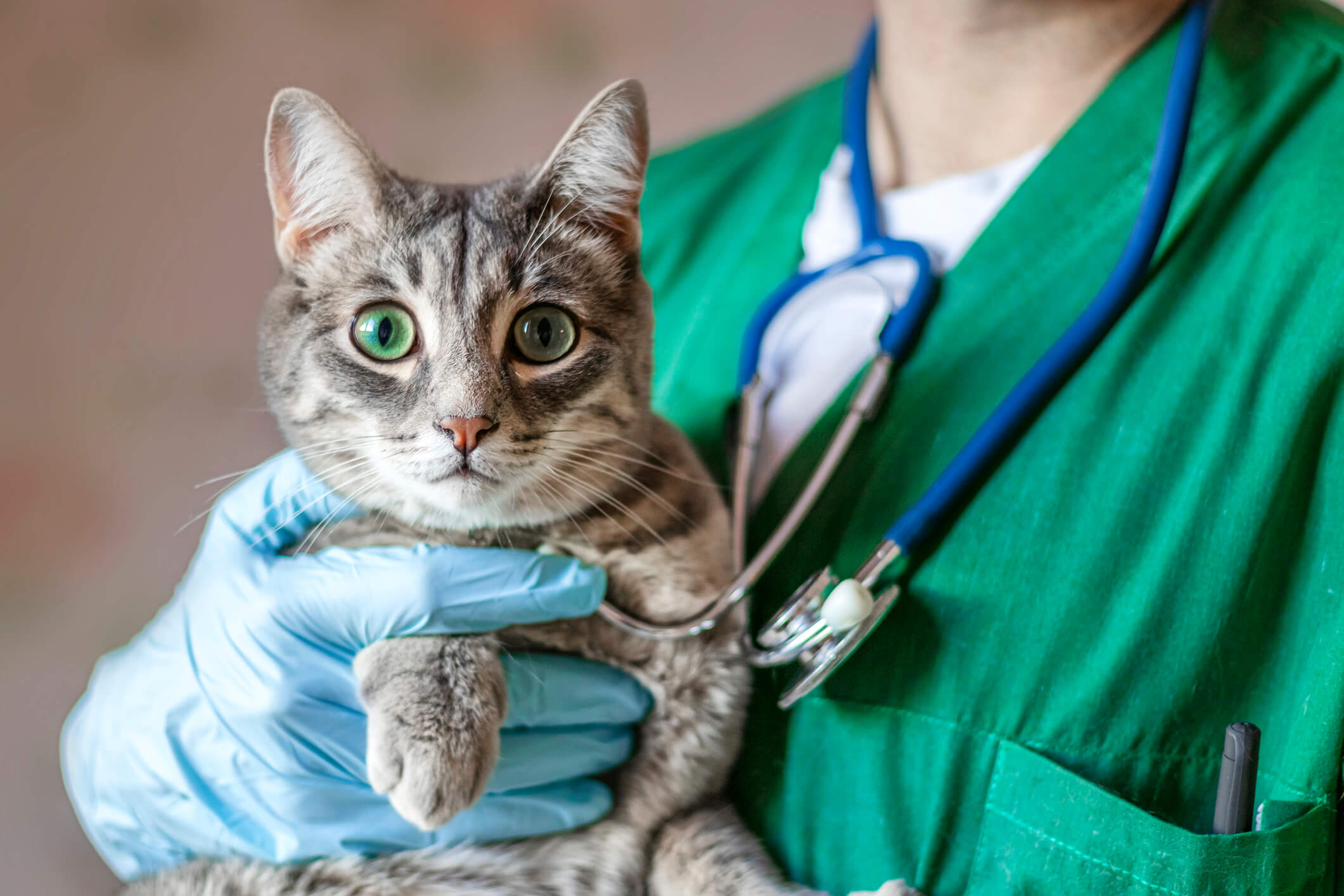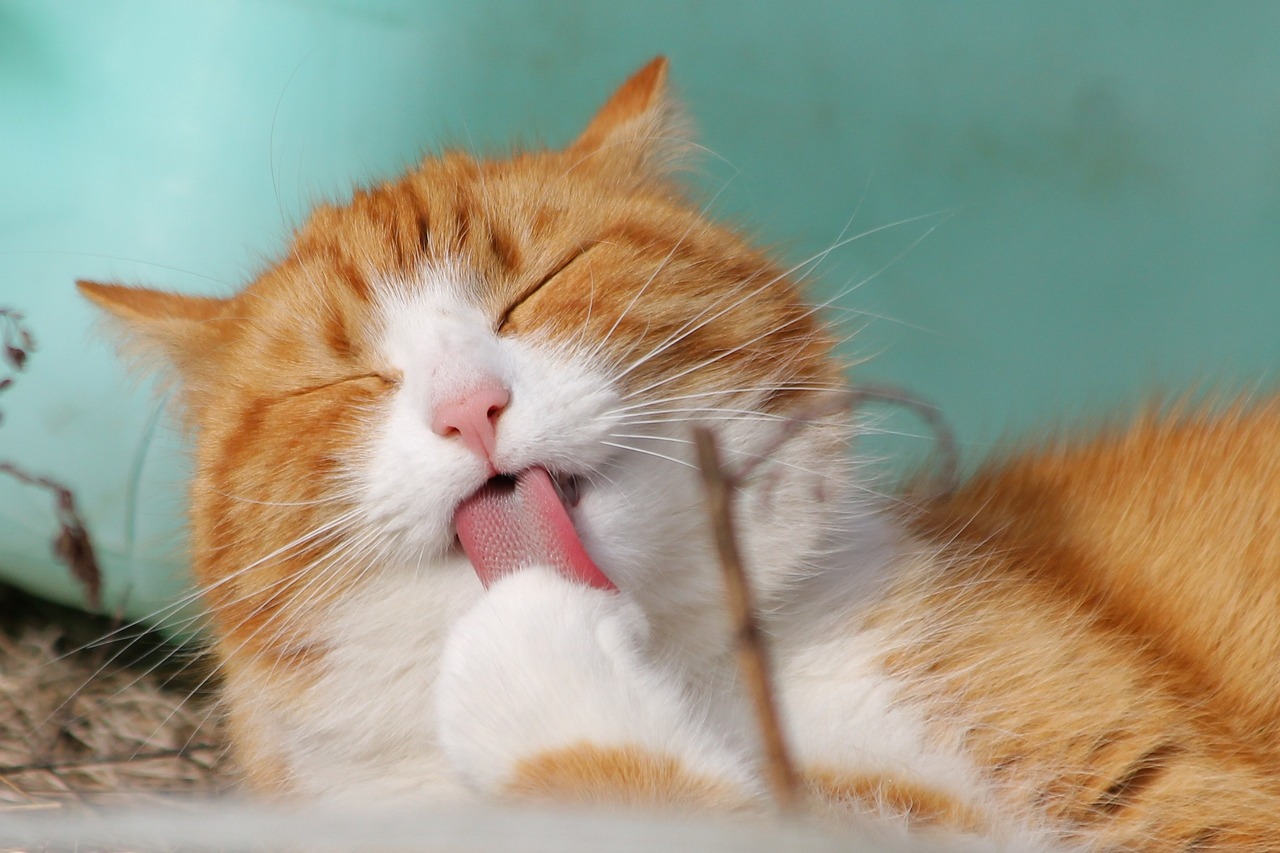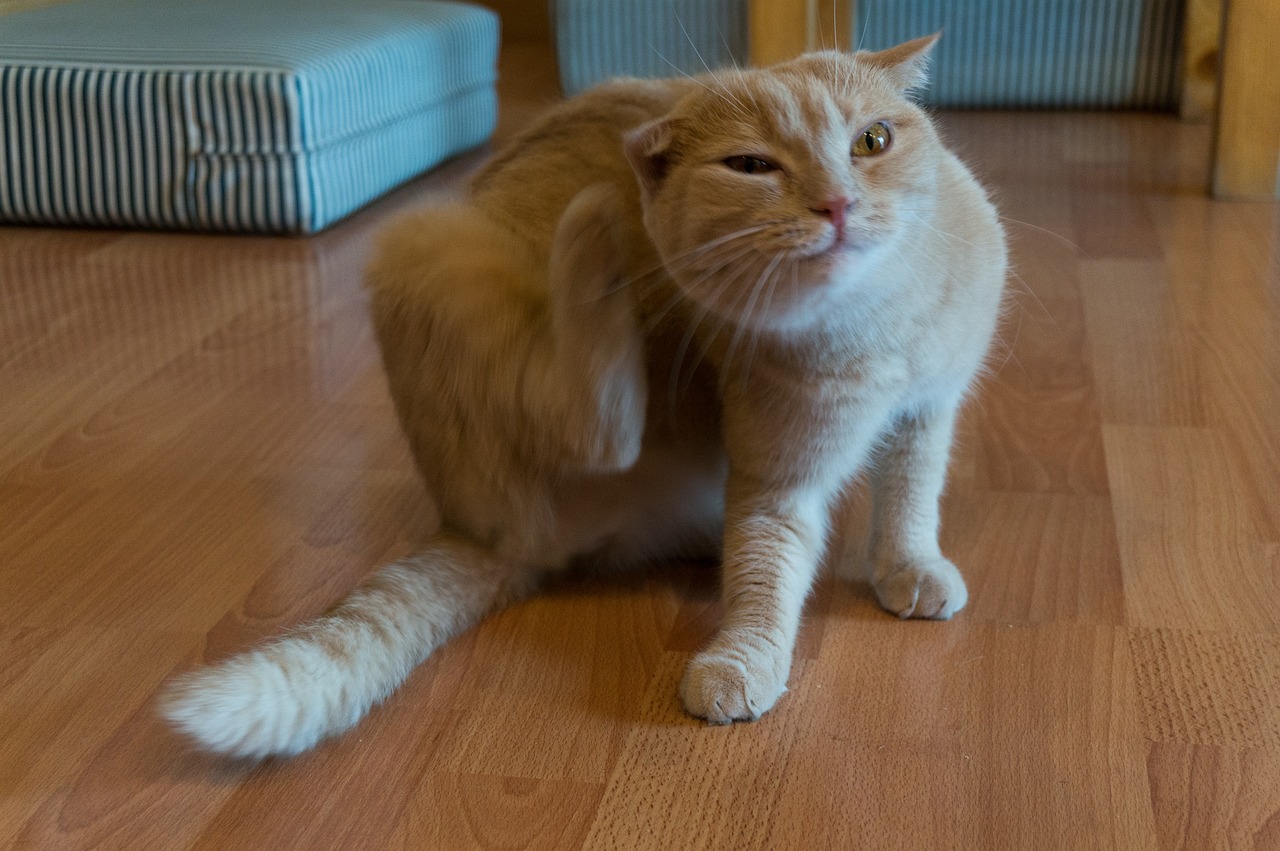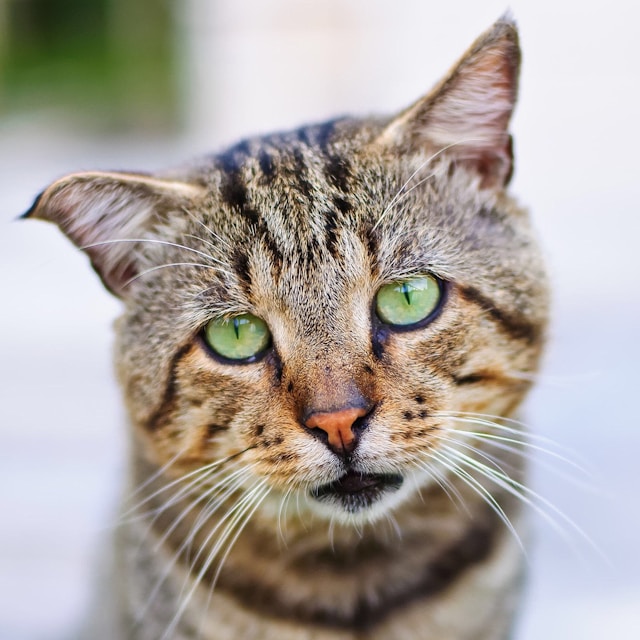Norwegian Forest
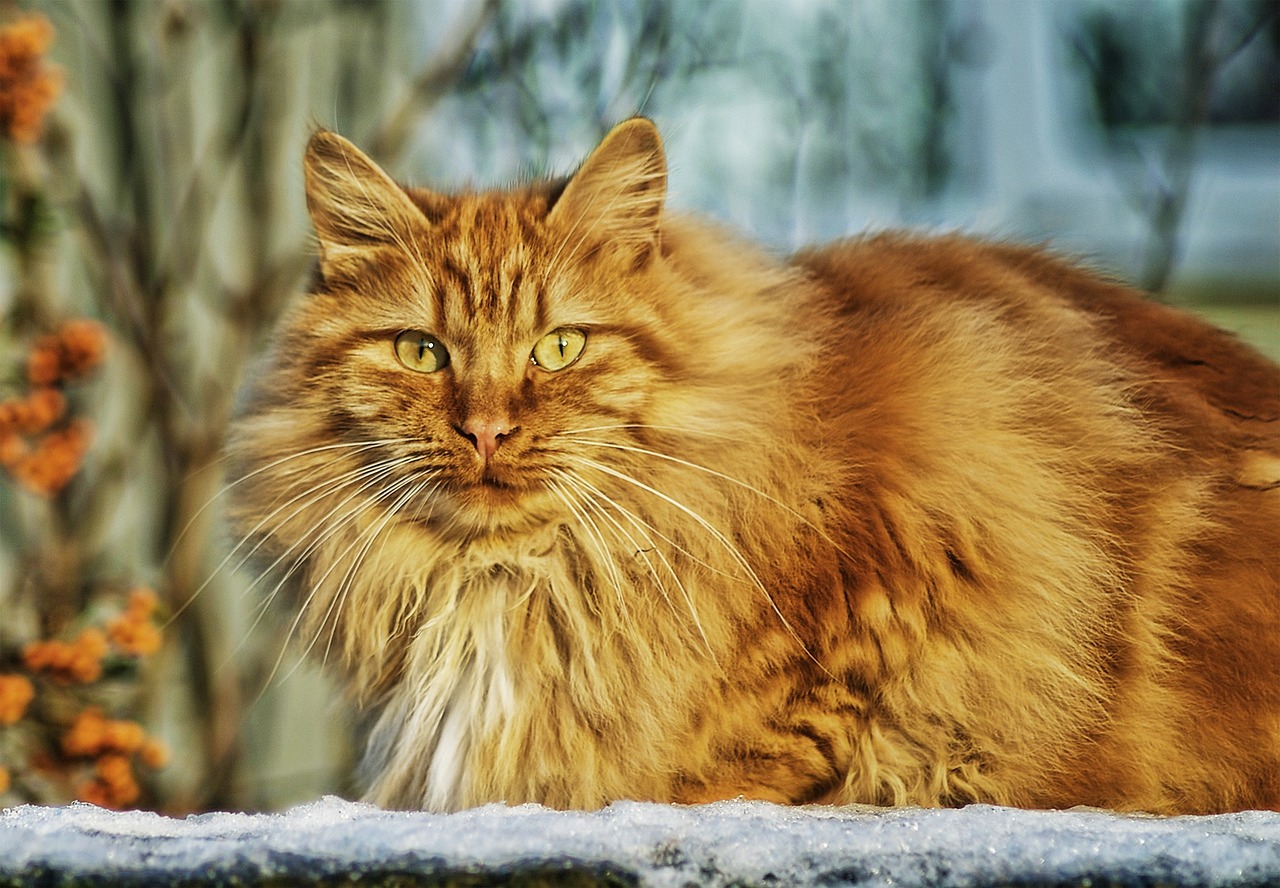
| OFFICIAL NAME | Norwegian Forest Cat |
| COMMON NAME | Norwegian Forest Cat |
| PET HEIGHT | 9 to 12 inches |
| PET WEIGHT | 12 to 16 pounds |
| LIFESPAN | 14 to 16 years |
| GOOD WITH | cats, children, dogs, families, seniors |
| TEMPERAMENT | affectionate, bold, sociable |
| INTELLIGENCE | high |
| SHEDDING AMOUNT | frequent |
| PLAYFULNESS | high |
| ENERGY LEVEL | active |
| VOCAL LEVEL | quiet |
| COAT LENGTH | long |
| COLORS | black/ebony, blue/gray, cream/beige/tan, lavender/silver, red/orange, white |
| OTHER TRAITS | easy to train, friendly toward humans, friendly toward other pets, friendly toward strangers, high potential for weight gain, high prey drive, requires lots of grooming, tolerates being alone, tolerates being picked up |
Known fondly as "Wegies" by their fans, these cats are beloved worldwide and are particularly cherished in Norway, where they are called Skogkatt.
These gentle giants are easily recognizable due to their size and calm, friendly nature. Norwegian forest cats are loving and undemanding companions, thriving on affection and regular grooming. Providing them with spaces to climb and explore safely enriches their lives and makes them excellent additions to any family.
Typically, Norwegian forest cats range in price from $800 to $1,500, depending on age, pedigree, and location. If you're interested in their appearance, personality traits, care requirements, health considerations, and background, there's plenty more to discover about these remarkable felines.
Appearance
Norwegian forest cats are known for their large, muscular build and athletic nature. According to The Cat Fanciers' Association (CFA), these cats typically weigh between 12 to 16 pounds, with males generally larger than females. They sport a distinctive long, bushy tail and a dense fur coat that adds to their impressive size.
Dr. Bruce Kornreich, director of the Cornell Feline Health Center, points out that while the average domestic cat weighs 8 to 12 pounds, Norwegian forest cats are notably bigger. Some can even reach weights of 18 to 20 pounds. Their glossy, water-resistant coats are well-suited for the harsh winters of Norway, featuring a thick undercoat that requires regular grooming as they shed their winter fur in spring.
These cats come in various coat colors, including white, black, blue, red, cream, silver, and golden, often with patterns like solid, bicolor, tortoiseshell, calico, and tabby. Their striking almond-shaped eyes typically range in shades from green to gold to copper.
While Norwegian forest cats share some physical similarities with Maine coons, they are generally a bit smaller and more slender, with almond-shaped eyes compared to the rounder eyes of Maine coons.
Personality
Norwegian forest cats are known for being friendly, calm, and gentle. They easily adapt to different families and lifestyles, getting along well with children and other pets. These cats are smart and attentive, enjoying human company and affection. While they appreciate attention, they're not demanding and prefer you to initiate interactions. They're also known for being quiet compared to more vocal breeds like Siamese cats. When they do vocalize, their meows are often high-pitched and almost chirp-like, which can be amusing given their large size.
The Norwegian forest cat personality is very family-oriented. They are playful, affectionate, and generally comfortable in various environments. This outgoing breed loves making new friends and enjoys cuddling with their loved ones.
Living Needs
Norwegian forest cats take their time growing up, typically reaching full adulthood by about five years old. This longer maturation means they retain their playful kitten-like behavior for an extended period. They love to play, especially engaging in activities that mimic hunting, such as pouncing and chasing toys.
To satisfy their natural hunting instincts, it's important to provide them with toys that resemble prey, like mouse-like toys or feathered teasers. Spending just five to ten minutes playing with them daily can help them burn off energy and stay happy.
These cats are known for their friendly nature and for getting along well with children and other pets. Despite their size, they are remarkably tolerant and enjoy being around people of all ages. They're also quite laid-back and can handle being left alone for short periods, though they may experience separation anxiety if left alone too often.
Norwegian forest cats are social creatures and typically bond well with everyone in the household. They are naturally inclined to climb and explore high places, so it is important to provide them with tall cat trees, shelves, and safe perches. They may even enjoy a cat hammock for lounging.
Due to their heritage in cold climates, they are sensitive to heat. During warmer weather, it's essential to keep them cool with shade, water, and possibly even grooming to keep their fur shorter and more comfortable.
By understanding and meeting their needs for play, companionship, and environmental exploration, you can ensure your Norwegian forest cat lives a happy and healthy life as part of your family.
Care
Norwegian Forest Cats have dense coats that require regular brushing, especially during shedding seasons like spring and fall. Nicole Goudey-Rigger, owner of Pets a Go Go, suggests brushing them at least twice a week to avoid frequent trips to the groomer. Some owners opt for a "lion cut" during summer to keep indoor cats cool.
These cats are naturally active, so providing space for them to run and play is important. Toys, cat trees, and interactive playtime are great for keeping them engaged.
Norwegian Forest Cats are intelligent and can be trained to use a litter box easily. They prefer larger boxes for comfort. Regular nail trimming is necessary to prevent discomfort during play.
Consider harness training if your cat enjoys outdoor time in a catio. Monitor their diet closely to prevent obesity, as this breed can be prone to overeating. Consult your vet for personalized feeding advice.
Health
Norwegian forest cats typically live around 14 to 16 years and are generally healthy pets. According to Kornreich, some common health concerns for Norwegian forest cats include:
Hip Dysplasia: This condition affects the hip joint, potentially leading to arthritis if not treated.
Patella Luxation: This occurs when the knee joint shifts out of place, causing instability and discomfort.
Cardiomyopathy: A heart muscle disease that affects the heart's structure and function.
Eosinophilic Granuloma Complex: Various skin conditions characterized by red, raised bumps that may ulcerate, commonly found on the abdomen or inner thighs.
Glycogen Storage Disease Type IV: A metabolic disorder where glycogen isn't broken down properly, leading to symptoms like muscle tremors, wasting, and episodes of collapsing, often in young kittens.
Responsible breeders of Norwegian forest cats typically screen for these health issues in kittens, but regular check-ups throughout adulthood are crucial for maintaining their health.
Exercise Requirements
"These cats are pretty active, though they enjoy lounging during the day. It's essential to provide them with various toys and play with them several times daily. Fortunately, they also appreciate alone time, so caring for them won't demand constant attention from household members.
Spending a few minutes daily interacting with your cat and ensuring plenty of activities around the house should be sufficient to keep them active and happy."
Training
Norwegian Forest cats are known for their high intelligence and ability to learn tricks. However, they have a strong independent streak, so they'll only cooperate during training when they're in the mood. To ensure a successful training session, it's essential to ensure your cat is happy, exercised, and well-fed beforehand.
During training, Norwegian Forest cats respond best to treats and praise. You can teach them various skills, such as coming when called, using the litter box correctly, getting groomed, playing with specific toys, and responding to requests for interaction. With patience and positive reinforcement, these clever cats can learn a lot!
History
The Norwegian forest cat is a unique breed that developed naturally, not through mixing with other breeds, despite their varied appearances. According to the CFA, there's speculation that these cats have existed for centuries. Norse legends describe large, long-haired cats that were skilled climbers, matching the characteristics of today's Norwegian forest cats. While exact timelines are uncertain due to the reliance on oral histories, if these tales are accurate, it's possible these cats have been around for thousands of years.
Historically, there's a belief that early Norwegian forest cats may have been companions to Vikings and were used on their ships to control rodents. Some theories even suggest that these cats could be ancestors of the Maine Coon, with early Norwegian forest cats potentially being brought to North America by Viking explorers like Leif Erickson.
Formally recognized as a breed consideration in the 1930s, Norwegian forest cats faced a decline in the 1940s and were at risk of extinction. Thanks to dedicated enthusiasts, efforts were made to preserve the breed, leading to their resurgence in popularity during the 1970s. They were officially introduced to the United States through importation in 1979.
Fun Facts
Norwegian forest cats are considered the national cat of Norway. In Norse mythology, they're depicted as magical creatures known for their ability to climb rocky terrain and were favored by the goddess Freya. According to Scandinavian superstitions, which often connect cats with marriage, it's believed that women who adore cats are destined to marry. There's also a belief that ensuring your cats are well-fed will bring sunshine on your wedding day.
Get insurance plans with wide-ranging coverage options
